Walk the Line
Posted by Gray Cook
For many people, general exercise is an integral part of their pursuit of a healthy, active lifestyle. While competitive sports often become less convenient or compatible with age, the fitness industry offers an abundance of opportunities and entry points. As participation in fitness increases so does the occurrence of training related injuries.
Resistance training is one of the most common forms of general exercise for many, from weekend warriors to the elite athletes. At least 45 million Americans participate in regular resistance training. That's an impressive number of people who are in the gym trying to move often, but data suggests that they could do a better job moving well first.
More than 1 in 3 people who participate in resistance training sustain a shoulder injury, but is the shoulder the real problem?
One of the principles that the screens within Functional Movement Systems are based around (especially the FMS and SFMA) is the concept of regional interdependence, commonly referred to as the Joint by Joint Approach.
For more clinical case studies about regional interdependence and the application of FMS read these article series:
Regional Interdependence And Limiting Factors To Performance
It articulates an important perspective on the interconnectedness of the body, specifically how every joint is dependent on its "neighbor" for optimal function.
Take a look at the image below. The first thing you should notice is the joints alternate between mobility and stability. This is important because if a mobile segment becomes stiff, it will try to compensate by stealing mobility from a segment that is supposed to be stable.
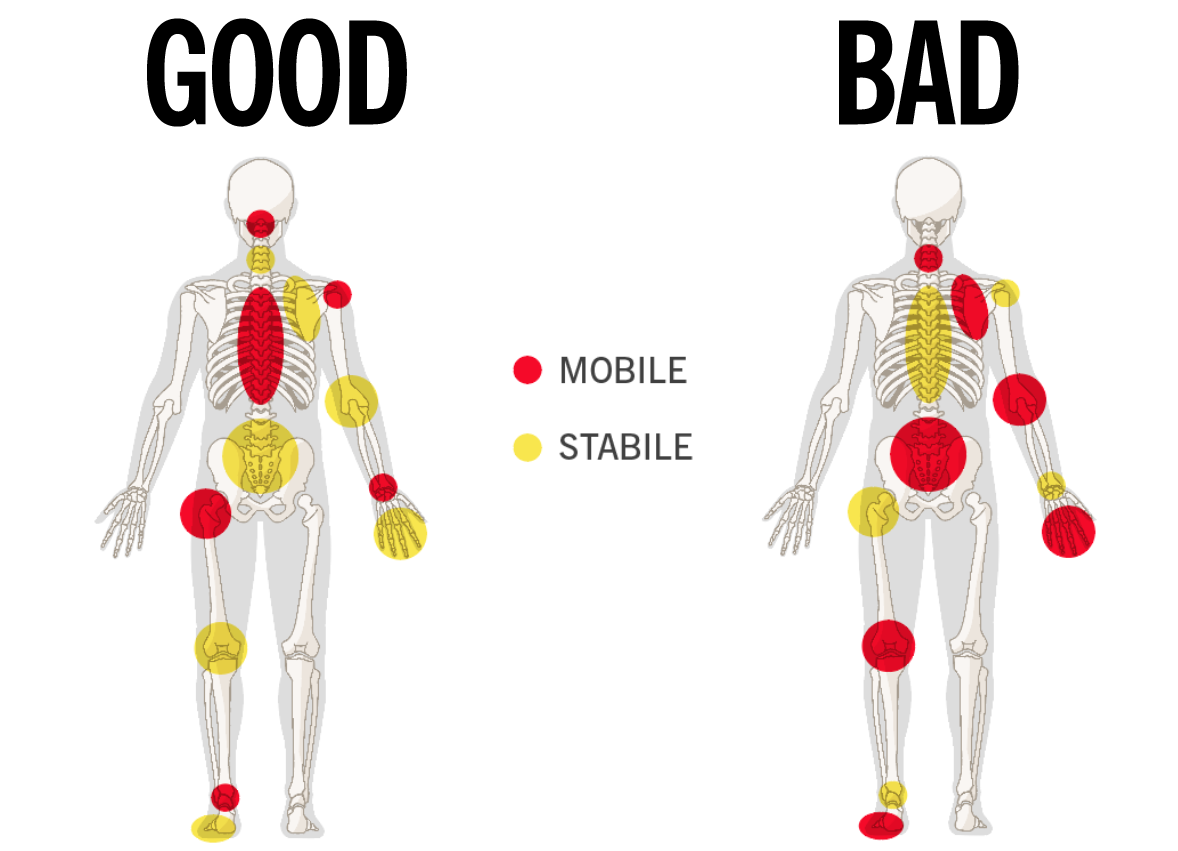
A stable joint being forced into mobility can be a precursor to pain or injury.
Limitations in ankle mobility can create compensations in the knee.
Rotational athletes with poor hip mobility may cheat rotation from the lower back.
Neck and shoulder pain can be the product of a lack of mobility in the thoracic spine.
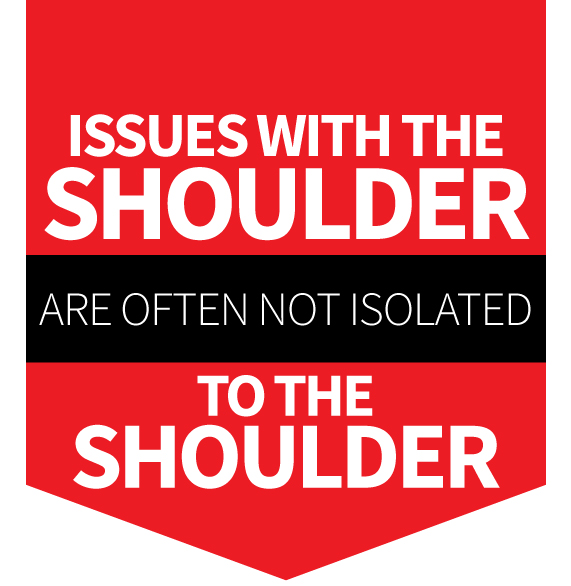
The shoulder is an excellent joint to illustrate how the Joint by Joint Approach influences our evaluation of movement and treatment of pain. With many anatomical structures contributing to its function, issues with the shoulder are often not isolated to the shoulder. By understanding the joint by joint approach, we can develop a system of checks and balances to effectively screen and identify areas of dysfunction that could be the leading cause of pain in the shoulder. Common areas of dysfunction can often be linked to the neck, thoracic spine, and hips.
Here's Gray sharing why he looks to the thoracic spine whenever he finds immobility in the shoulder.
In the video at the top of this post, a kayaker loads his boat onto a car. It isn't a particularly dynamic movement, but it's the type of pattern that could potentially invite pain or injury if the individual didn't have adequate mobility in the shoulder or thoracic spine.
The risk isn't usually in performing a movement once, but in repetition. Most people underestimate how common these patterns are. Maybe you don't lift kayaks often, but what about pressing weight in the gym? Or snatching kettlebells? Or swinging a tennis racquet? Or working as a lineman? The first step in improving movement is appreciating the importance of them in pursuing an active, healthy lifestyle.
We can’t prevent injuries, but we can do our best to identify potential precursors and eliminate compensations they cause.
Don't wait until you can't move well to appreciate the importance of moving well.
It's our responsibility as health and fitness professionals to help our clients - from weekend warriors to elite athletes - move well while restoring function.
Are you a weekend warrior, fitness enthusiast or athlete interested in locating an FMS certified professional?
Check out our certified member map.
How can we improve our durability?

By screening these patterns, the FMS readily identifies functional limitations and asymmetries. These are issues that can reduce the effects of functional training and physical conditioning and distort body awareness. 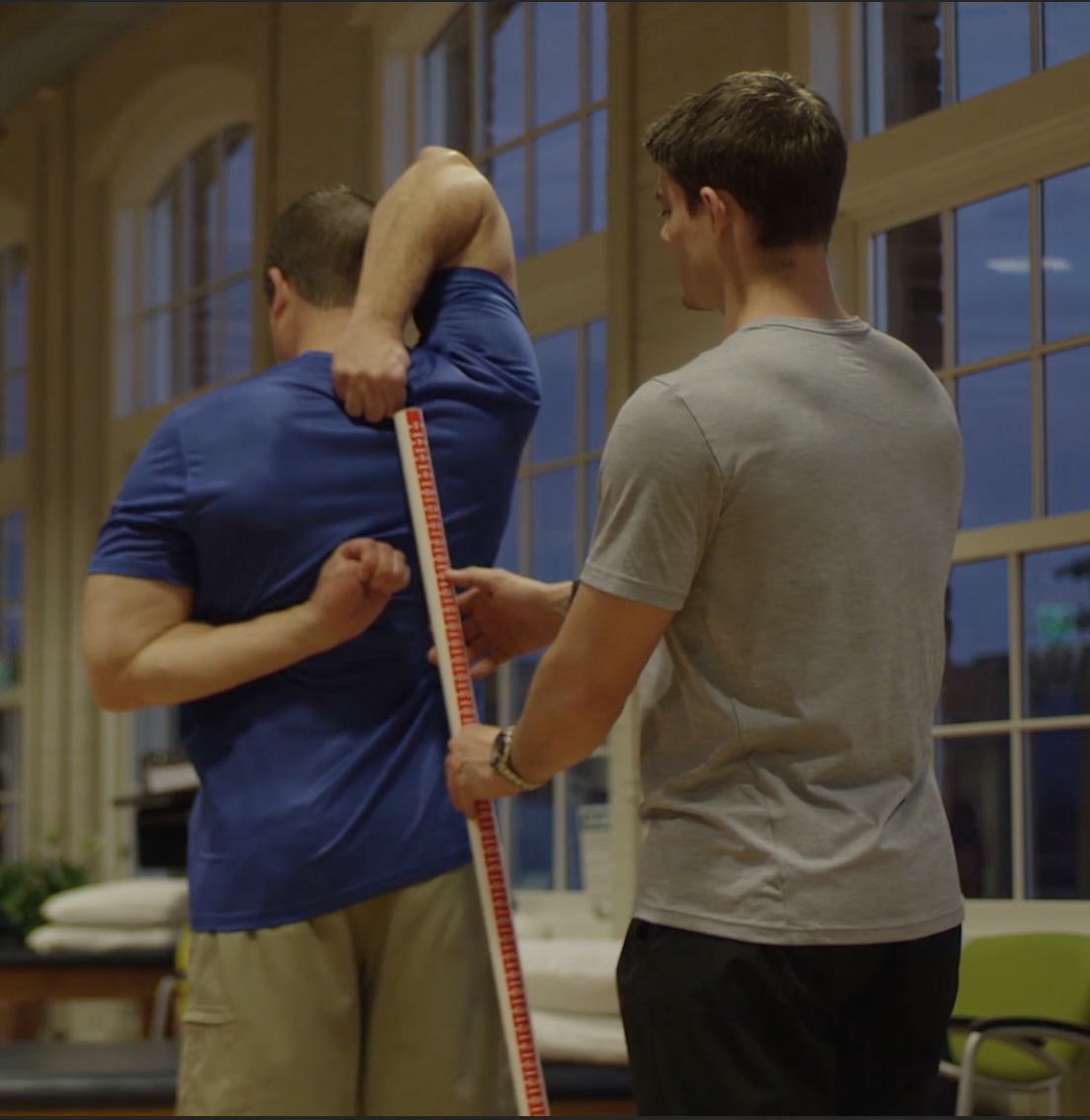
The FMS simplifies the concept of movement and its impact on the body. Its streamlined system has benefits for everyone involved – individuals, exercise professionals, and healthcare providers.
If significant limitations or dysfunctions present in a movement, a corrective path is essential to ensure that durability and quality are restored.
Identifying fundamental patterns in daily activity and sport is a significant component of FMS Level 1 - Movement Experience. The more we appreciate how patterns influence daily tasks, the better our opportunities to improve.
If you have pain during a movement screen, the movement screen has done its job. But we still need to answer Gray's favorite question:
"Are you moving poorly because you are in pain or are you in pain because you are moving poorly?” The only way to know is to take the pain out of the equation."
This is where the Selective Functional Movement Assessment (SFMA) comes into play. A medical professional trained in the SFMA can take that same movement pattern language that we use in the movement screen to help engineer your fitness and actually construct a rehabilitation plan that’s based on your movement pattern behaviors, not just look at you like a bag of body parts. It's about finding the bottleneck in movement, attacking a single pattern of dysfunction, knowing well that the single pattern does far more than simply change itself. It can change other patterns as well—if it’s the weakest link it can affect the entire chain, and that can be measured.
As our friend Dr. Perry Nickelson likes to say, "STOP CHASING PAIN!"
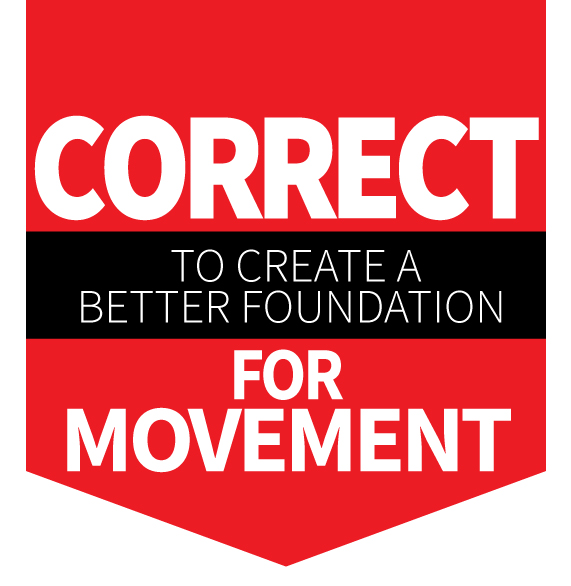
The FMS can be applied at any fitness level, simplifying corrective strategies of a wide array of movement issues. The screen tells us what to Protect and what to Correct and sets our baseline for moving “well enough,” but once we have identified the weak link it is up to the movement screening professional and the corrective strategies to “filter” the problem to achieve a solution.
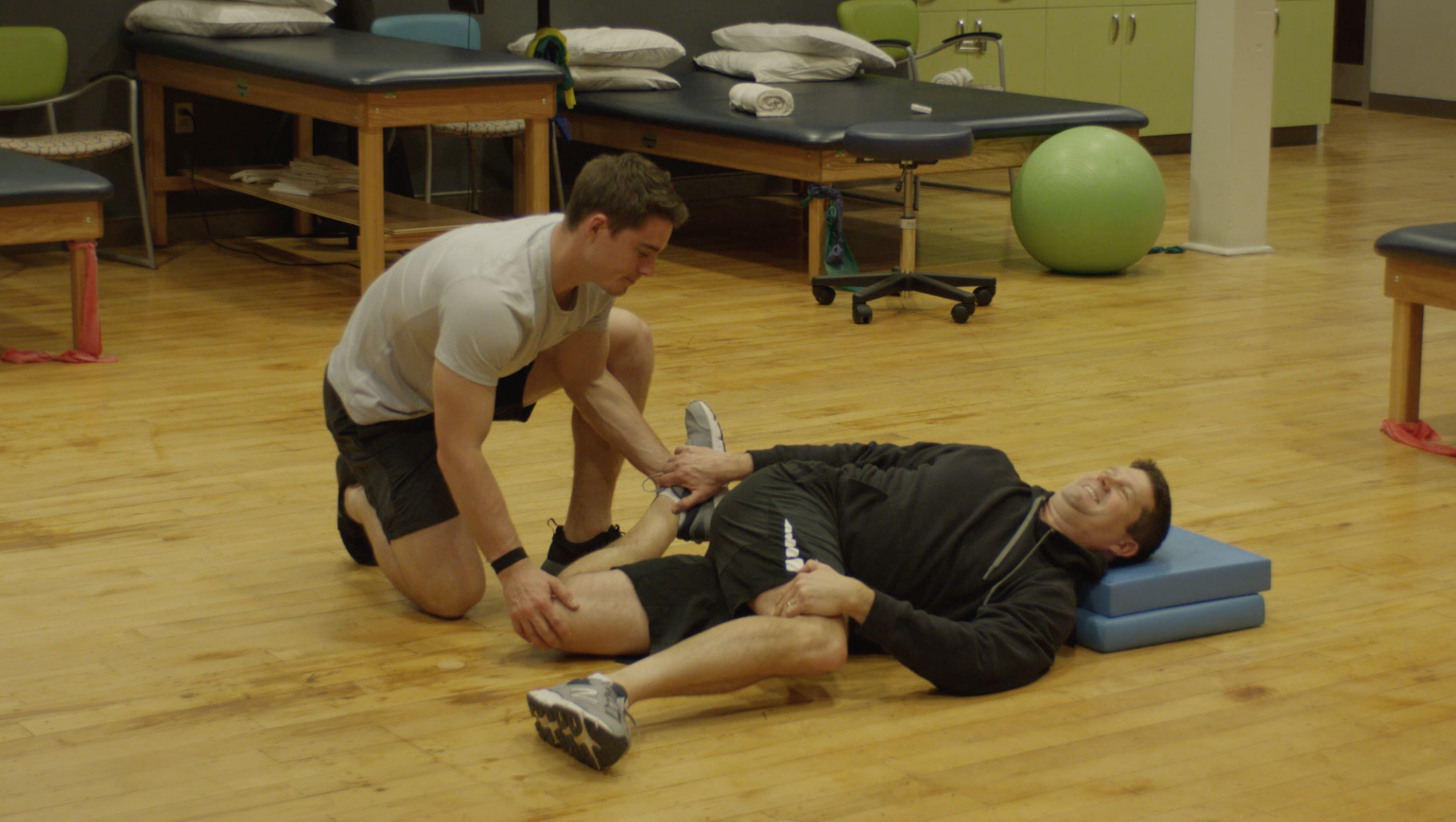

Regardless the goals you have for fitness and recreation, being durable and able to perform at a level you require is an essential step towards long-term health and fitness. Working on your needs instead of your wants will allow you to perform with integrity and efficiency.
For more information about FMS research, read more here.
Posted by Gray Cook
Posted by Gray Cook